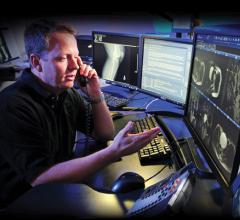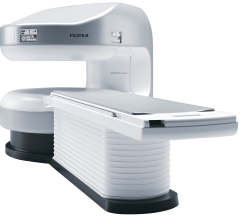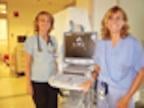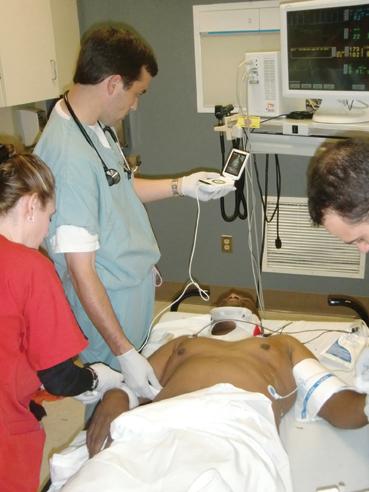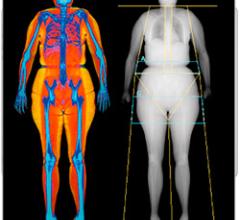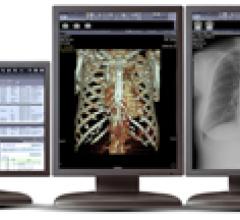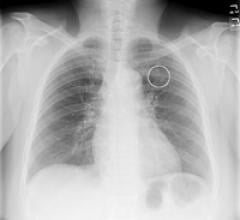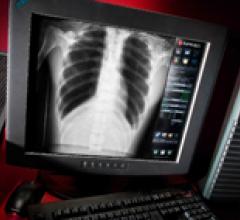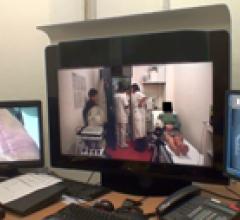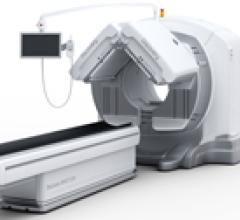Although computerized physician order entry (CPOE) systems have been around for a few years, only a few vendors really embraced the market with robust offerings and only a few healthcare providers showed interest in adopting them — until the 2009 passage of the American Reinvestment and Recovery Act (ARRA). After that, the landscape changed considerably, as many providers wanted to take advantage of reimbursements available in meeting meaningful use (MU) requirements and the rate of adoption grew significantly.
Desert Radiologists is a high-efficiency practice in Las Vegas, Nev., that performs 1.25 million exams per year with a staff of 45 radiologists. Yet the practice operated with an outdated and overloaded picture archiving and communications system (PACS) that had no common worklist, no flexibility and could no longer handle its daily imaging volume. Additionally, as Desert Radiologists’ imaging volume continued to increase, its existing storage solution could not keep up. That system was a vendor-neutral archive with on-site SAN/NAS units. However, sending data to the vendor-neutral archive created two PACS and increased the complexity of managing and purging the data.
New research shows the effects of electron beams on implanted vascular access ports composed of plastic, determining how they impair the fluence of radiation around them.
Fujifilm’s APERTO Lucent is a 0.4T mid-field, open MRI system addressing today’s capability and image quality needs ...
One of the most important recent advances in radiation oncology has been the integration of 4-D treatment planning tools into the clinic. 4-D treatment tools have enabled the radiation oncologist to better plan and account for the tumor motion in a specific patient.
Magnetic resonance imaging (MRI) is safe, profoundly safe, provided we follow industry best practices. Unfortunately, the rates of reported MRI accidents are nearly five times what they were just five years ago, according to data from the U.S. Food and Drug Administration (FDA)[1] — an apparent indication that we, as an industry, aren’t following best practices.

SPONSORED CONTENT — Fujifilm’s latest CT technology brings exceptional image quality to a compact and user- and patient ...
With healthcare professionals thinking about the effects of ionizing radiation on the population at large, there is particular concern about its use for imaging children. That there is reason for concern was underscored by the release of new study results earlier this year, which indicated computed tomography (CT) exams of children in hospital emergency departments increased substantially from 1995 to 2008. While CT still may be the best imaging choice in certain cases, there is continued emphasis on using other modalities whenever possible. As a result, magnetic resonance imaging (MRI) is being used more and more,
SPONSORED CONTENT — Fujifilm’s latest CT technology brings exceptional image quality to a compact and user- and patient ...
The overarching trend in ultrasound continues to be the development of smaller and more powerful imaging platforms. The provision of hand-carried systems that offer advanced functionality and premium image quality in a small, easy-to-use and affordable package has almost become essential to growth in ultrasound over the last few years.
The number of ultrasound systems in emergency departments will nearly double by 2015, according to a report by ultrasound industry expert and consultant Harvey Klein. One medical professional who has had success using ultrasound in the emergency department is Colleen Campbell, M.D., a professor of emergency medicine and the director of emergency ultrasound at the University of California San Diego.
Thomas Cook, M.D., is the emergency medicine residency program director at Palmetto Health Richland in Columbia, S.C., and has been using ultrasound in the practice of emergency medicine since 1996. He also had the recent experience of traveling in China and learning about that country’s use of ultrasound. He shares his expertise and views about ultrasound in the emergency department (ED) in the following Q&A with ITN.
SPONSORED CONTENT — EnsightTM 2.0 is the newest version of Enlitic’s data standardization software framework. Ensight is ...
October 5, 2011 — Hologic will display the new Advanced Body Composition assessment feature of its Discovery Dual Energy X-ray Absorptiometry (DXA) system at RSNA 2011.
During RSNA 2011, Infinitt will showcase its latest advances in image and information management across the enterprise.
Riverain’s OnGuard chest X-ray computer-aided detection (CAD) software helps identify nodules that may be early-stage ...
Did you know that approximately one-third of all the data in world is created by the healthcare industry and that ...
October 5, 2011 — Fukuda Denshi USA has announced the introduction of the company's new UF-760AG ultrasound system in the United States. The color portable unit provides imaging quality in a compact system and is designed for diagnostic use in numerous specialty markets.
October 5, 2011 — InfiMed Inc. has received clearance from the U.S. Food and Drug Administration (FDA) to market the i5 digital radiography (DR) software with support for the DRTech FLAATZ 560 flat panel detector as a full room solution.
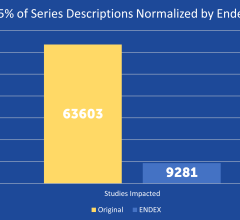
SPONSORED CONTENT — EnsightTM 2.0 is the newest version of Enlitic’s data standardization software framework. Ensight is ...
October 5, 2011 — The U.S. Food and Drug Administration (FDA) has issued 510(k) approval for Planmed’s Nuance Excel full-field digital mammography (FFDM) system. The system includes the company’s proprietary MaxView Breast Positioning System for enhanced tissue visibility, and Side Access patient positioning for optimal working ergonomics.
October 5, 2011—Accuray Incorporated announced it is unveiling several enhancements to its CyberKnife Robotic Radiosurgery System and TomoTherapy Radiation Therapy System at the American Society for Radiation Oncology (ASTRO) 53rd annual meeting. The company is also rolling out its Diamond Plus Service Program to TomoTherapy customers. ASTRO 2011 takes place Oct. 2-6 at the Miami Beach Convention Center in Miami, Fla.
In emergency and trauma medicine, the “golden hour” refers to the time during which medical/surgical intervention has the greatest likelihood of saving a life. The shorter the time to intervention following a severe injury, the greater the chance of survival. Computed tomography (CT) is integral to these patients’ assessment, diagnosis and treatment planning.
October 4, 2011 – Etiam will debut version 3.20 of its Secure Medical Networking system at RSNA 2011. It supports unified film, CD and electronic data transfer and now fully integrates imaging information from beyond the enterprise into existing hospital workflow.
October 4, 2011 — GE Healthcare will demonstrate its latest technologies and advancements across all product lines at RSNA 2011.
October 4, 2011 — peerVue will debut enhancements to its Qualitative Intelligence and Communications System (QICS) at RSNA 2011. QICS is the company’s novel Web-based platform that transforms existing healthcare data into qualitative intelligence used to improve workflows.


 October 06, 2011
October 06, 2011 
